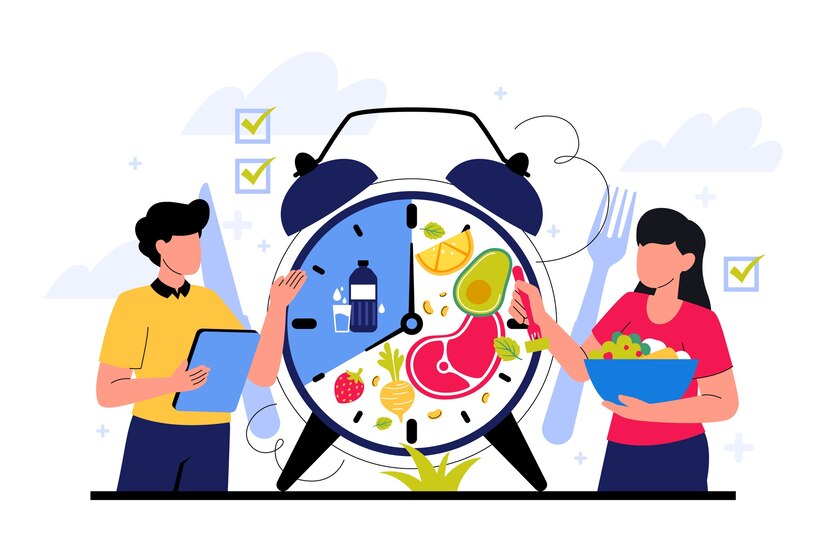The original Food Inc. documentary transformed how millions of people viewed their diets, dissecting the troubling realities behind the food industry’s shiny façade. Now, Food Inc 2 has arrived, pulling back the curtain yet again to reveal the ongoing impact of industrialized food production on consumer health, the environment, and ultimately, our planet’s future.
This sequel isn’t just a documentary—it’s a call to action. Through its gripping storytelling and eye-opening insights, Food Inc 2 challenges viewers to rethink their food choices, advocate for change, and champion sustainable food practices.
This blog will explore the key themes of the documentary, from its revelations about consumer health risks to the environmental consequences of our current food system. We’ll also examine the role each of us can play in creating a healthier, more sustainable food future.
The Impact of the Food Industry on Consumer Health
The food industry, as depicted in Food Inc 2, has evolved into a sprawling, profit-driven machine with alarming consequences for public health. While food production has scaled to meet global demand, it has come at a cost to nutritional value, safety, and overall well-being.
The Rise of Processed Foods
One of the most stark issues highlighted is our growing reliance on processed foods. These are often calorie-dense, nutrient-poor, and heavily laden with additives like sugar, salt, and preservatives. The documentary underscores a dire link between processed foods and the surge in chronic diseases such as obesity, diabetes, and heart disease.
For instance, in the U.S., more than 40% of adults are now classified as obese. The accessibility of ultraprocessed foods, combined with aggressive marketing tactics, pushes many consumers toward unhealthy dietary habits.
GMOs and Their Role in Diets
The larger conversation around genetically modified organisms (GMOs) also takes center stage. While GMOs have played a role in scaling food production, their long-term effects on human health remain a contentious topic. Critics argue that insufficient research and testing have left consumers vulnerable to unforeseen consequences.
Foodborne Illnesses
The industrial model of food production has also contributed to an increased risk of foodborne illnesses. Pathogens like E. coli and salmonella thrive under the cramped, unsanitary conditions of concentrated animal feeding operations (CAFOs). Food Inc 2 dives into the uncomfortable realities of this system, emphasizing the necessity of stricter regulations and better transparency.
Environmental Consequences of Industrialized Food Production
Beyond its toll on human health, the current food production system is wreaking havoc on the environment. Food Inc 2 sheds light on how unsustainable practices in farming, transportation, and livestock rearing contribute to climate change and environmental degradation.
Land and Water Depletion
Industrial farming prioritizes maximizing output over caring for natural resources. Deforestation for agriculture has resulted in massive biodiversity losses, while intensive water use for irrigation continues to drain finite freshwater reserves. For context, it takes about 1,800 gallons of water to produce just one pound of beef.
Greenhouse Gas Emissions
Livestock farming alone accounts for nearly 14.5% of global greenhouse gas emissions, primarily due to methane production from cattle. Long supply chains further add to the carbon footprint, as foods are transported across vast distances before reaching our plates.

The Potential of Sustainable Food Practices
The documentary doesn’t stop at highlighting the challenges—it also provides solutions. Sustainable farming practices, such as regenerative agriculture, crop rotation, and reduced chemical use, showcase a promising pathway to mitigate environmental damage. By focusing on local, organic, and planet-conscious methods, the food industry can minimize its footprint and help heal the planet.
Solutions and the Role of the Consumer
While Food Inc 2 exposes systemic issues, it also emphasizes a hopeful message of change. The film conveys that consumers hold immense power to influence the future of food.
Making Healthier Choices
Eating healthier doesn’t have to mean overhauling your diet overnight. Food Inc 2 urges viewers to start small—cutting back on processed foods, incorporating whole foods like fruits, vegetables, and legumes, and reading labels carefully to be more mindful of what goes into your body.
For example, choosing a minimally processed whole-grain source over refined bread can be a simple yet impactful step toward better health.
Supporting Sustainable Food Sources
Consumers can also advocate for sustainable food practices by buying locally and seasonally. Farmers’ markets, co-ops, and community-supported agriculture (CSA) programs keep your dollars circulating within the local economy while encouraging environmentally friendly farming methods.
Participating in Advocacy Efforts
The bigger fight, however, may require taking collective action. Programs like school lunch reform and initiatives to ensure food justice in underserved communities can gain momentum when individuals join forces. Politicians and corporations pay attention when consumers demand higher accountability around their food.
Community and Knowledge Sharing
Lastly, the spirit of community plays a major role in the solutions the documentary suggests. Engaging with other food enthusiasts, sharing resources, and learning from one another can empower individuals to make incremental improvements toward sustainability and fairness in food systems.
A More Sustainable Food Future
At its core, Food Inc 2 challenges us to think beyond the plate. Every meal we consume, every food label we scan, and every dollar we spend sends a message to the food industry. Do we continue to accept a food system that prioritizes profits over health and sustainability, or do we demand a better, more equitable model?
By reexamining our consumption habits and supporting sustainable food practices, each of us has the power to create meaningful change. Start small, whether by purchasing sustainable produce, supporting farm-to-table dining, or simply sharing this blog with friends.
Together, we can take steps toward safer diets, a healthier environment, and a food production system that works for everyone—not just the few at the top.
